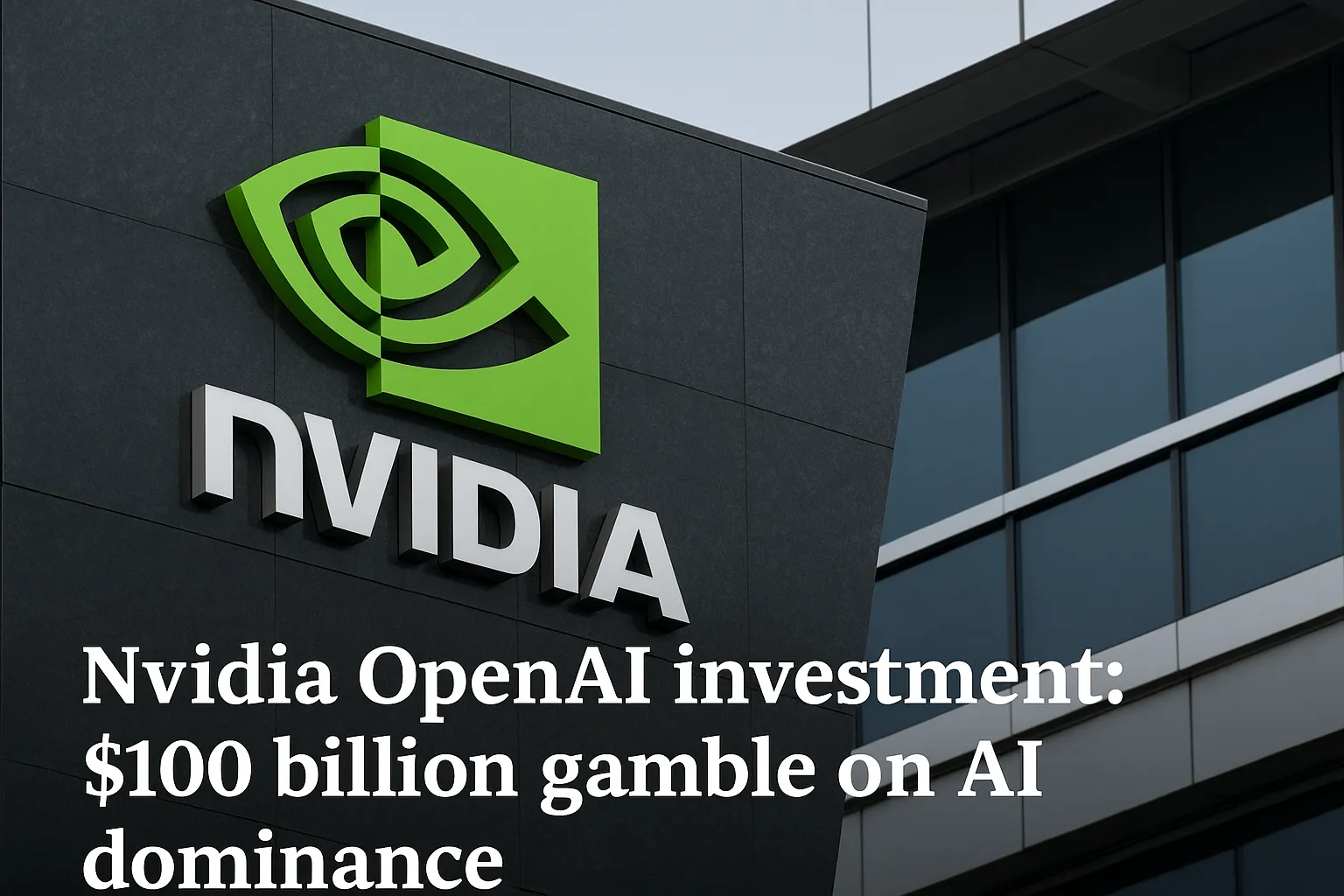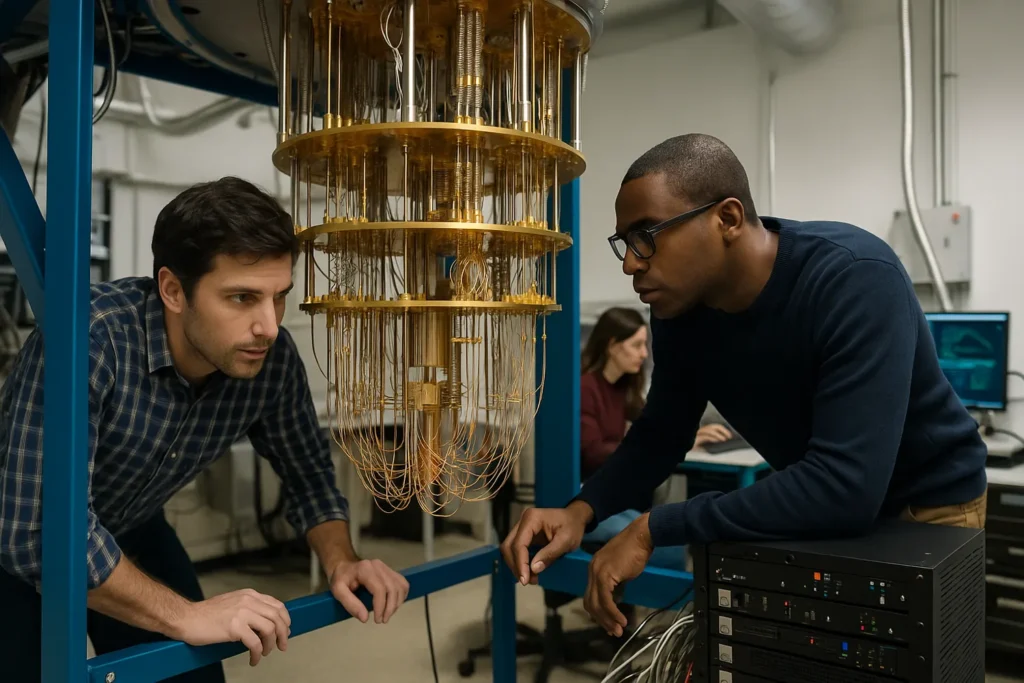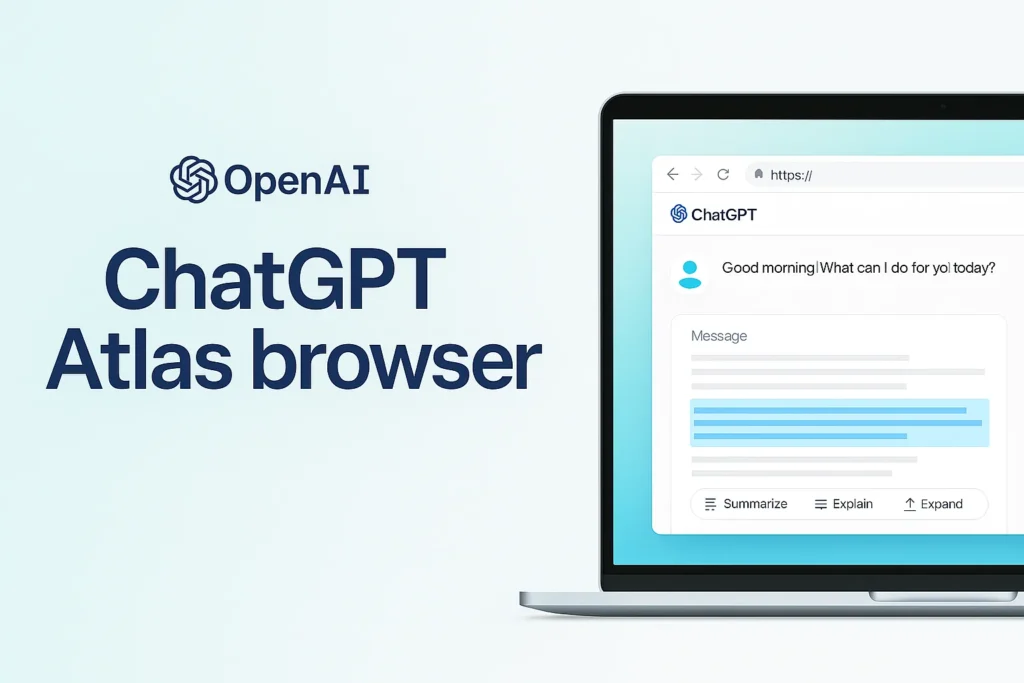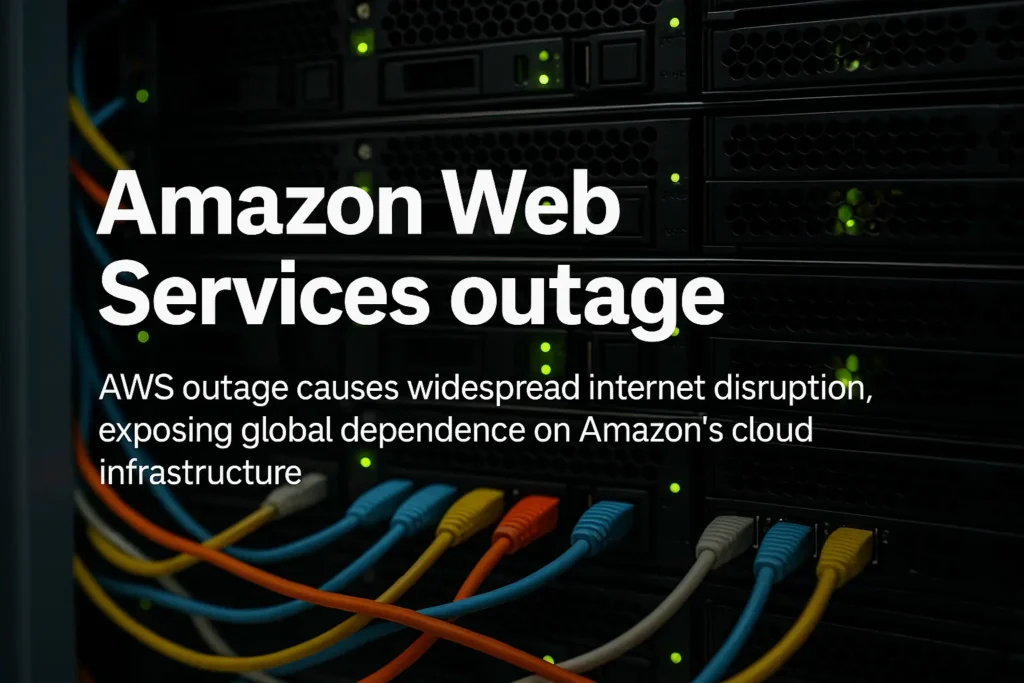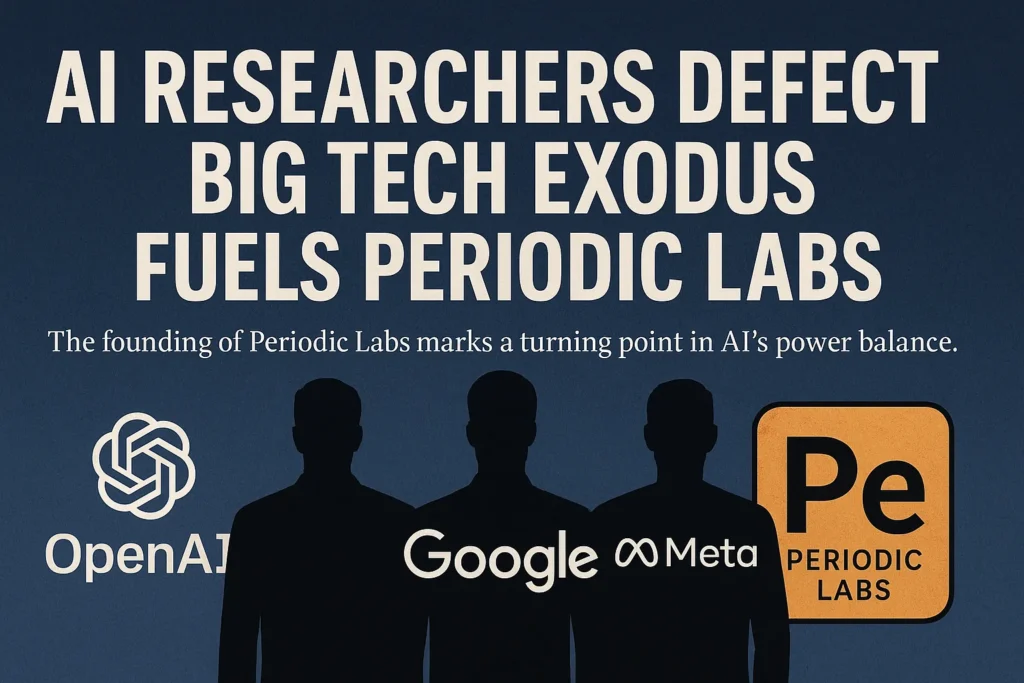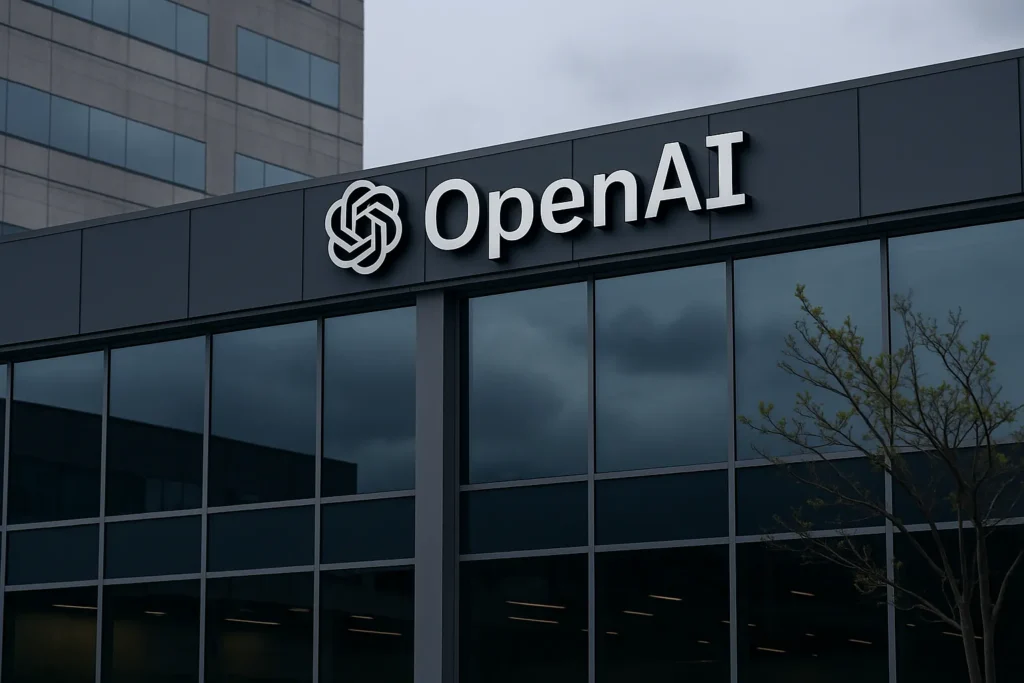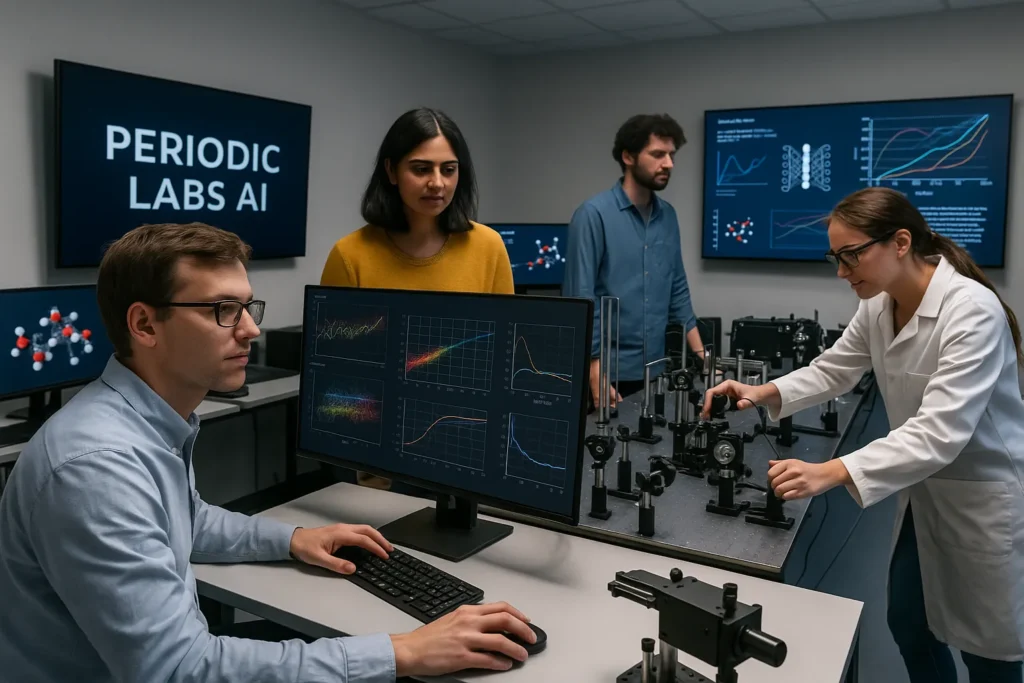The Nvidia OpenAI investment marks a turning point in the global AI race. When the world’s most valuable chipmaker throws $100 billion into the pot, the question is not whether the industry will change — but who will survive its shockwaves.
Context: mainstream narrative
Reuters reports that Nvidia will invest up to $100 billion in OpenAI, providing data center chips while securing a stake in the $500 billion startup. The partnership includes delivering at least 10 gigawatts of Nvidia chips starting in 2026.
For Wall Street, this looks like another record-setting bet in a booming sector. Nvidia’s shares jumped 4.4%, while Oracle, Microsoft, and SoftBank — all with ties to OpenAI’s Stargate AI project — also gained.
The official line from OpenAI CEO Sam Altman is clear: “Everything starts with compute.” He frames the deal as a foundation for future economies powered by AI breakthroughs.
Oppositional Argument: the hidden risks
But let’s challenge the hype. This Nvidia OpenAI investment is not just a growth story — it’s a dangerous concentration of power. When one company controls the world’s chip supply and simultaneously buys into the leading AI lab, the market tilts from competition to cartelization.
Policymakers once screamed antitrust when Microsoft bundled Internet Explorer with Windows. Today, the world shrugs as Nvidia, Microsoft, and OpenAI stitch together an AI monopoly with trillion-dollar reach.
And timing matters: the first $10 billion moves only when OpenAI agrees to purchase Nvidia chips. In other words, Nvidia is paying itself through OpenAI — a circular deal designed to lock in dominance.
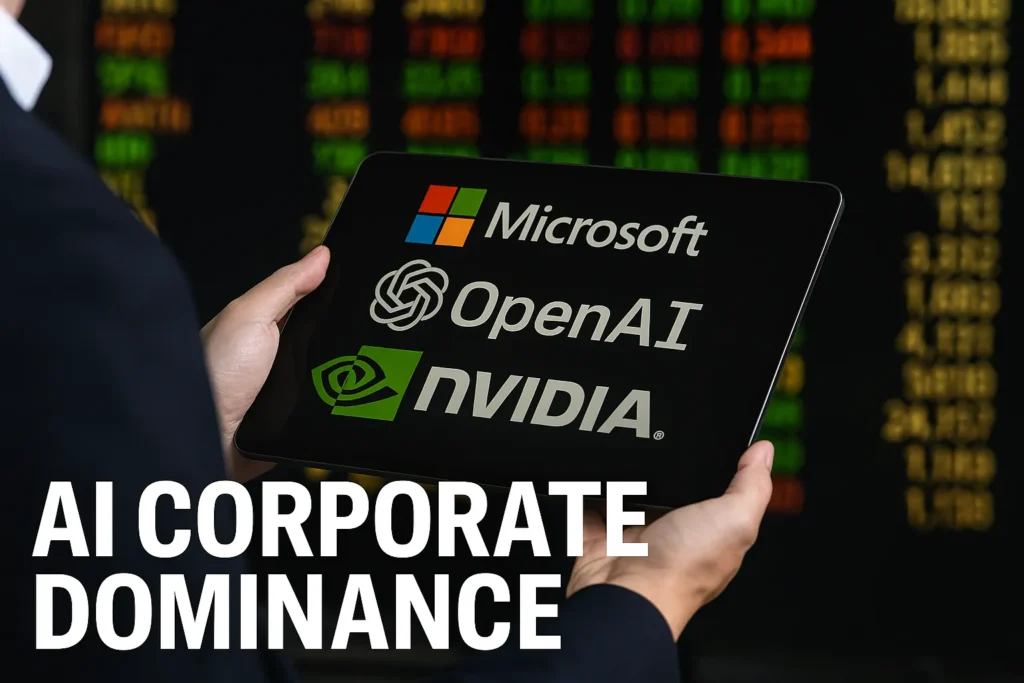
Analytical Breakdown: cause and consequence
The deal rests on three pillars:
- Supply chokehold: Nvidia guarantees demand for its chips by embedding them into OpenAI’s infrastructure.
- Equity power: Non-controlling shares in OpenAI still grant influence, especially when paired with Microsoft’s stake.
- Geopolitical stakes: This consolidation of compute resources into U.S.-aligned firms marginalizes Europe, Asia, and the Global South, deepening divides.
If this is the “economy of the future,” it is one where three firms decide the pace, scale, and direction of AI development. The consequences: higher barriers for startups, diminished competition, and potential systemic risk if a single supply chain breaks.
Human Perspective: what this means for people
Ordinary users will feel it first in pricing. If Nvidia chips become the default infrastructure for OpenAI’s services, cost savings won’t trickle down — subscription fees will rise. Small businesses depending on AI may be priced out, while students and independent creators see access shrink.
The irony: AI was sold as a democratizing technology. Instead, we’re watching the birth of a digital oligopoly.
Counterarguments
Defenders argue that scale is necessary. AI breakthroughs require billions in compute. Without consolidation, progress slows. True — but unchecked consolidation leads to stagnation, not innovation. When only a few players dictate the field, the incentive to take risks vanishes.
Others claim antitrust scrutiny will keep this in check. Yet under the Trump administration’s lighter competition policies, the deal will likely sail through. Regulators have shown little appetite to challenge Big Tech’s AI ambitions.
Conclusion: the illusion of progress
The Nvidia OpenAI investment is being sold as a victory for innovation. In reality, it is a calculated play to lock in dominance across chips, software, and cloud infrastructure. It may fuel short-term breakthroughs, but it risks long-term capture of the AI economy by a handful of corporate giants.
The world should not mistake consolidation for progress. This is not democratization — it is enclosure. Unless regulators wake up, we are watching the AI future become privatized before our eyes.
